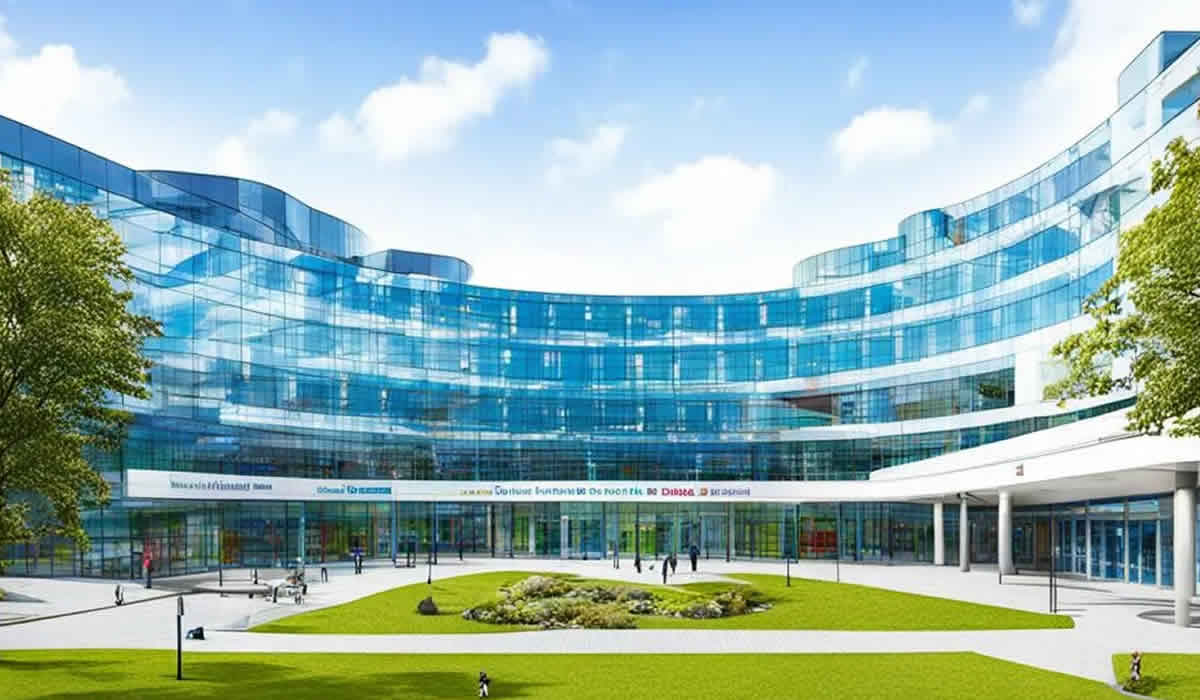With the Minister for Health in Ireland, Stephen Donnelly, recently stating that the cost of the National Children’s Hospital (NCH) in Dublin has exceeded €2 billion, Ireland is now home of the world’s most expensive hospital, and one of the most expensive buildings in the world.
In this article we’ll break down the controversy surrounding the building, with various scandals and a lot of public anger surrounding the project.
What is the National Children’s Hospital?
The National Children’s Hospital (NCH) in Ireland is a major infrastructure project currently under construction in Dublin. The hospital was first proposed by the Royal College of Physicians in 1993 for Dublin, with planning permission granted in 2016.
The hospital aims to become the primary centre for paediatric healthcare in the country, replacing three existing children’s hospitals and offering world-class care for children and young people.
This hospital will merge Ireland’s three (and only) children’s hospitals, Our Lady’s Children’s Hospital Crumlin, Temple Street Children’s University Hospital and paediatric services at Tallaght University Hospitals. They will come together to form the National Children’s Hospital.
What will happen to the other Children’s Hospitals?
Our Lady’s Children’s Hospital, Crumlin and Temple Street Children’s University Hospital are due to close.
Tallaght University Hospital will be transitioned to the National Children’s Hospital, but the hospital itself will remain open, providing other healthcare services.
When will it be open?
The hospital was originally planned for 2020, but as with many construction projects in Ireland, this has long exceeded its due date. Handover of the hospital is now due for completion in late 2024, however, the first patients are expected to arrive in April/May 2025
Where is it located?
The National Children’s Hospital is located at 31 James’ Walk, Rialto in Dublin 8. It will share a campus with St. James’ Hospital.
How much will it cost?
When the planning application was launched in 2015, it was estimated that the NCH would cost €650 million. By 2017, the Government had approved a budget of €983 million. In 2023, it was expected that the overall costs of the National Children’s Hospital would be €1.73 billion. Now it’s been stated the cost has grown to over €2 billion.
Why have the costs increased so much?
Additional costs put forward by the contractor, BAM, is the main factor in the rising costs, along with changes to initial plans. Such costs were not agreed when initially planned, and legal battles and claims for additional payments have further strained the project’s budget.
Issues such as delays in construction due to the Covid-19 pandemic and challenges in obtaining planning permission have added to the project’s complexity and cost.
Why didn’t the Irish government have a fixed price for the National Children’s Hospital?
This has been a source of significant controversy and debate. The Irish government did not have a fixed price for the National Children’s Hospital likely due to the complexity and uncertainty involving construction costs, modifications to initial plans and unexpected challenges during the building process
Is the National Children’s Hospital the most expensive hospital or even building in the world?
The hospital may well be the most expensive hospital in the world for a newly built hospital. That being said, it’s not possible to definitively compare its cost with other hospitals worldwide without comprehensive data, as some hospitals may have had ongoing development after the initial build.
Previously, it was believed that the New Royal Adelaide Hospital in Australia, was the most expensive, at almost €1.5 billion, completed in 2017. That hospital hosts over 800 in patient beds, compared to the National Children’s Hospitals 380.
So is the €2.2 billion the final cost to the Irish taxpayer?
Taoiseach (Prime Minister) of Ireland, Leo Varadkar stated that the newly agreed cost of €2.2bn is the maximum allocation for its completion. Public sentiment on that final cost would seem less optimistic. Only time will tell.





